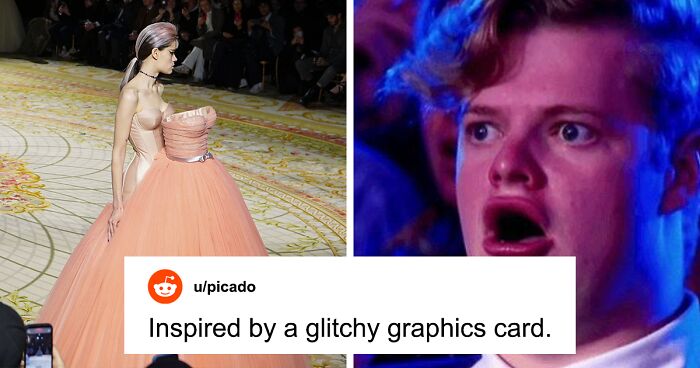
These Dresses At Paris Haute Couture Week Look Like A Glitch In The Matrix And People Don’t Know How To React
If you’ve ever seen a runway from a fashion show, you may have been surprised to see how many of those clothes are over-the-top and unwearable for everyday. They may look uncomfortable, too revealing or a bit dramatic. It’s because fashion is a form of art and art isn’t practical.
It was proven once again during the Paris Fashion Week that just ended. But nothing had prepared us for the Viktor & Rolf collection, although they are known for unusual silhouettes. They took the classical silhouette of a ballgown and decided that there should be a more interesting way to put it on the body, making viewers search for the meaning behind it.
Before the main show of Paris Fashion Week, we enjoyed the Haute Couture Show and Viktor & Rolf particularly caught people’s interest
Image credits: Laurent VU/SIPA
The Paris Fashion Week takes place twice a year: once in late February or early March when designers present their Spring/Summer collections and once in late September or early October when they present their Autumn/Winter collections.
Those are the bigger ready-to-wear shows, but before that, in January and in July, the more artsy shows take place. They are the haute couture or high fashion shows where designers demonstrate hand-made pieces and their craftsmanship. They allow their creativity to go wild and the results can get pretty crazy.
The Haute Couture week took place between January 23 and 26. You could see creations of the biggest fashion houses like Fendi, Valentino and Chanel walking on the runway. Among them was also Viktor & Rolf, which is a newer brand, founded only in 1993 by Viktor Horsting and Rolf Snoeren.
The designer duo started the show with very traditional ballgowns with puffy skirts and revealed shoulders
Image credits: Laurent VU/SIPA
They are known as an avant-garde luxury fashion house and from the start, their silhouettes were extravagant with unexpected materials, but when they entered the 2000s, the duo focused on ready-to-wear lines until the Autumn/Winter 2013-14 season when they returned to haute couture.
As the brand introduces itself on its official website, “Widely recognized and respected for its provocative Haute Couture and conceptual glamour, the house of Viktor&Rolf aspires to create spectacular beauty and unexpected elegance through an unconventional approach to fashion.”
Image credits: Laurent VU/SIPA
Their newest collection is a manifestation of their vision. It is called the Late Stage Capitalism Waltz, which is “an absurd take on a stereotypical couture ballgown for the 21st century.”
The participants of the fashion show couldn’t see the absurdity at first as the dresses looked normal.
More than normal, actually. The silhouettes of the dresses were very traditional, taking inspiration from mid-20th century Haute Couture. Their features included bare shoulders, revealing décolletés, accentuated waists and voluminous skirts as well as dreamy colors.
“But dreams are deceptive. The familiar becomes strange, as the mundane transforms into the absurd and vice versa,” say Victor and Rolf. The dresses remain the same, but their position on the body is what’s different. In this way, the dress represents the romantic vision but it “alienates and frees itself from the body in a surreal way.”
Then it got more interesting when the dresses remained the same but their position on the body changed, as if detaching themselves from the model
Image credits: Laurent VU/SIPA
Image credits: Laurent VU/SIPA
Bored Panda reached out to Batsheva Dueck who has a YouTube channel dedicated to fashion and lifestyle Cynical Duchess. We wanted to know what she thought of the collection as a person who has an interest in fashion.
The fashion aficionado told us, “I thought the Viktor and Rolf Collection was artistic, satirical and experimental. I love when designers don’t take themselves too seriously, and I feel like this collection was a great example of manifesting the absurdism in the fashion world in a bold and artistic way.”
When asked to interpret the meaning behind it, Batsheva proposed this view, “To me, this collection symbolizes the rigidity the fashion world can create, and subverting that, questioning that. Who really does make the rules in how clothing is supposed to be worn, what constitutes ‘modern and trendy’ and what is ‘old fashioned’?”
It symbolizes “The familiar becoming strange, as the mundane transforms into the absurd and vice versa”
Image credits: Laurent VU/SIPA
People had varying reactions to the dresses. Some looked at them as art, appreciated the innovative idea and were happy that there are creators who can still create fashion that surprises. There were people who just found them funny and didn’t particularly love them or criticize them. Others were pretty confused and didn’t understand what was the point.
We asked Batsheva to try and explain the dresses and the show to people who didn’t get it so she described her own biggest takeaway, which “is the social commentary aspect, satirizing the importance that fashion houses place on themselves and their work.”
It would be her explanation for people who had no idea what they thought, but “would also encourage them to draw their own conclusions, as ultimately, Viktor and Rolf wanted to drive conversation with their pieces” because she feels that “surrealist artworks like these are meant to have multiple interpretations.”
@voguemagazine Upside down, inside out, in all directions—that was the name of the game for #ViktorandRolf♬ original sound – Vogue
Have you seen the dresses? What did you think of them? Was it a fashion mistake or a fashion statement that will go down in history? Do you see the point in the extravagant garments that can only be worn on the catwalk? Let us know your thoughts in the comments.
Not everyone understood the message but most of them were able to appreciate the art and the absurdity
I kinda like it, looks like something you'd see in the met. It's not for everyday wear, but art that is displayed by fashion
The last 2 look like they are having an out of body experience.
Load More Replies...I see the designer was inspired by the Sims custom content with messed up meshes
Would anyone actually wear one of these? Some people have way too much time on their hands . Next we'll be seeing models dressed as those paper dolls that you could cut out and colour in paper dresses for..
It's not to wear, it's just for show, if you read the comments it explains it
Load More Replies...I kinda like it, looks like something you'd see in the met. It's not for everyday wear, but art that is displayed by fashion
The last 2 look like they are having an out of body experience.
Load More Replies...I see the designer was inspired by the Sims custom content with messed up meshes
Would anyone actually wear one of these? Some people have way too much time on their hands . Next we'll be seeing models dressed as those paper dolls that you could cut out and colour in paper dresses for..
It's not to wear, it's just for show, if you read the comments it explains it
Load More Replies...
 Dark Mode
Dark Mode 

 No fees, cancel anytime
No fees, cancel anytime 






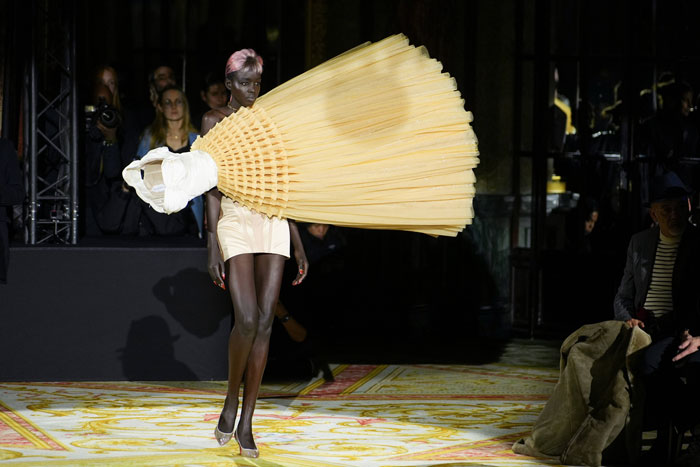
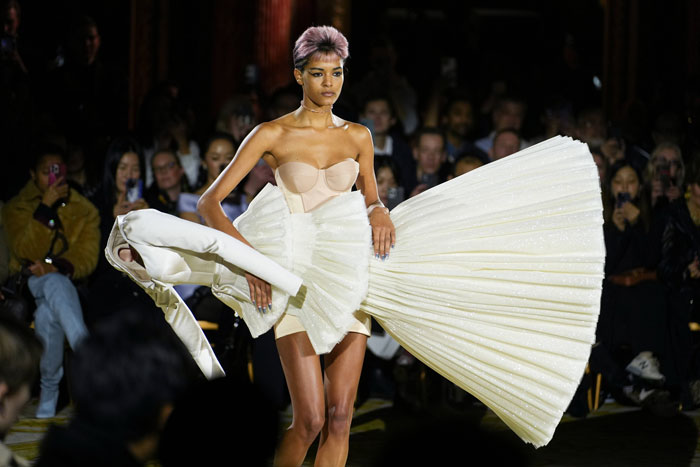
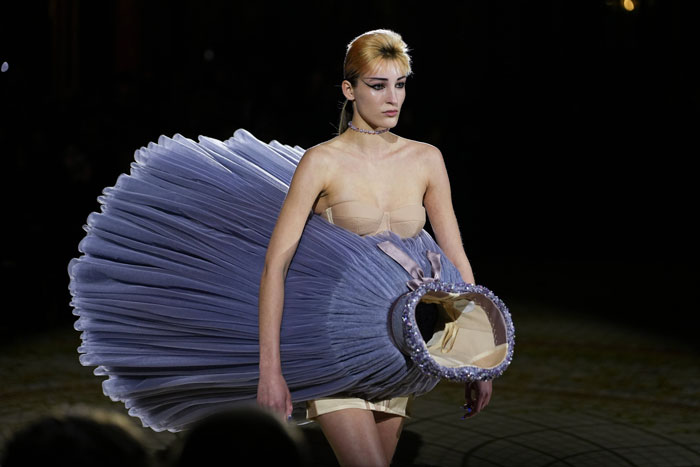
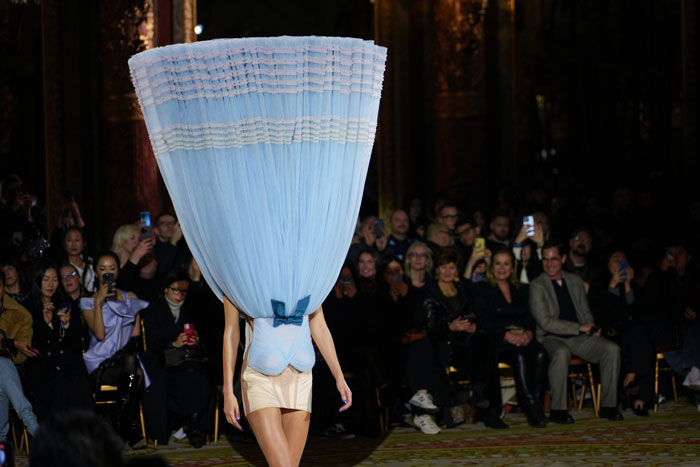
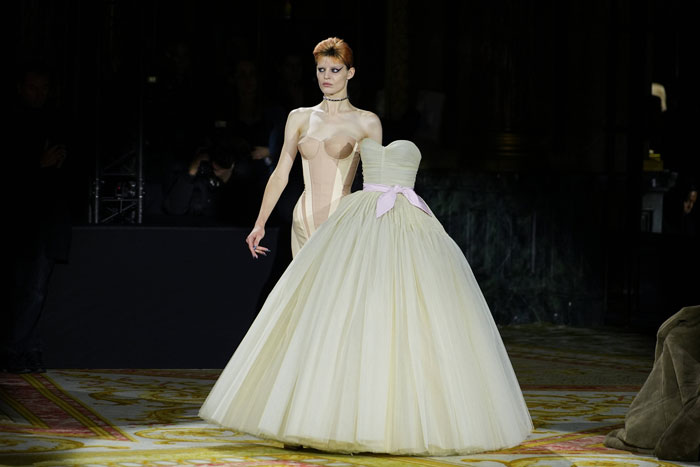
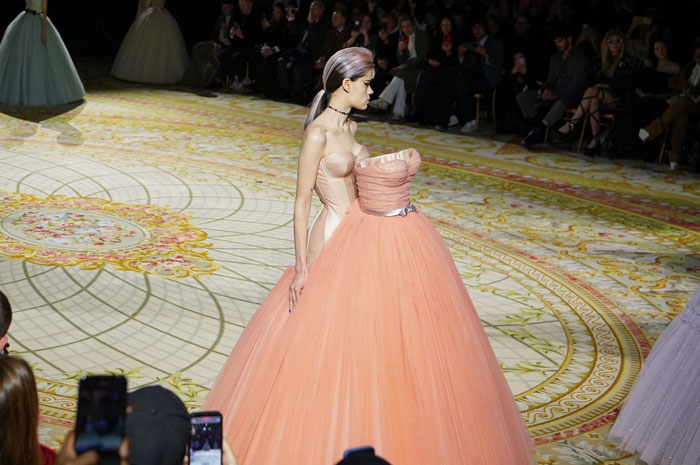

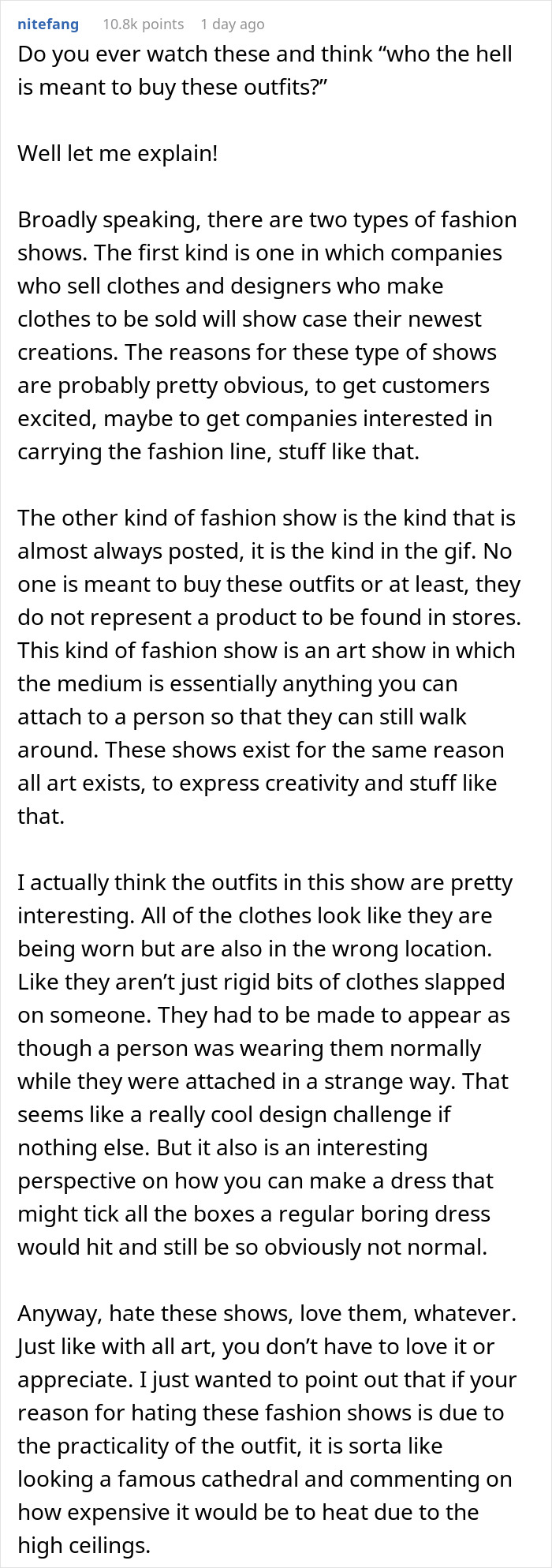




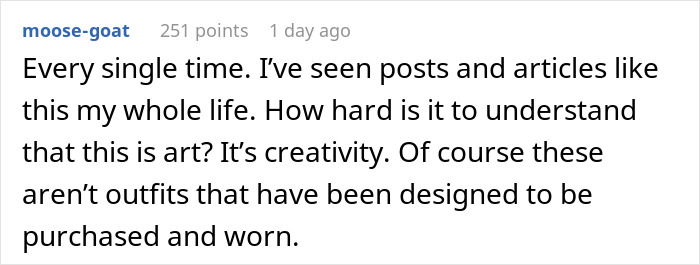



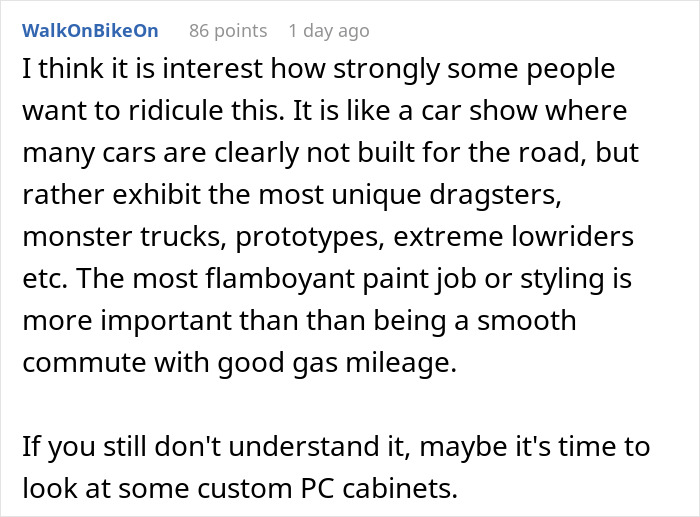

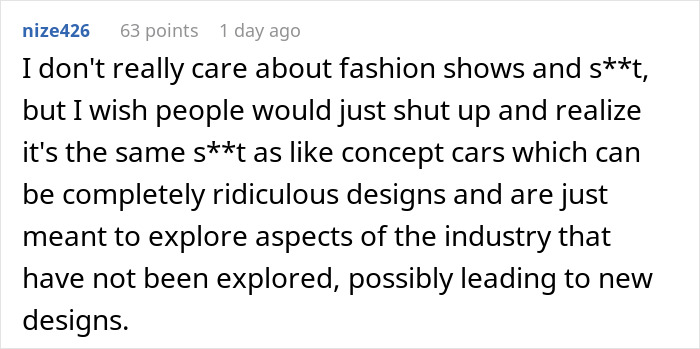
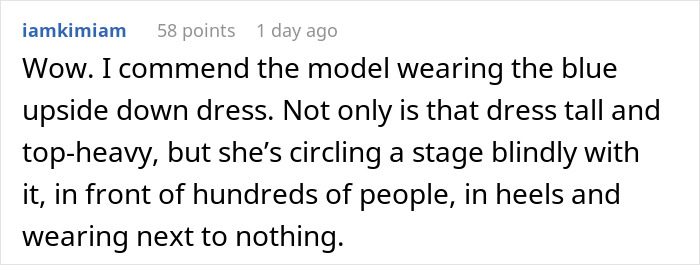













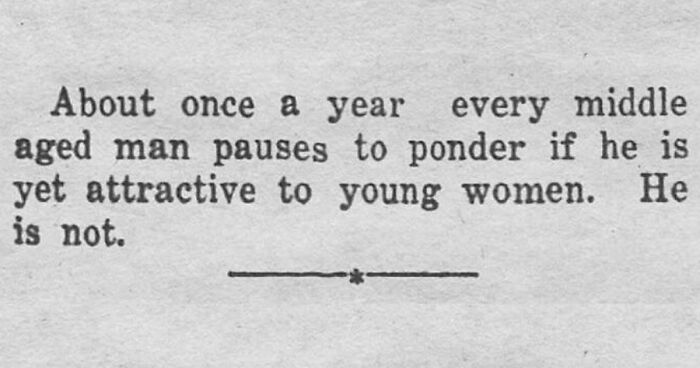
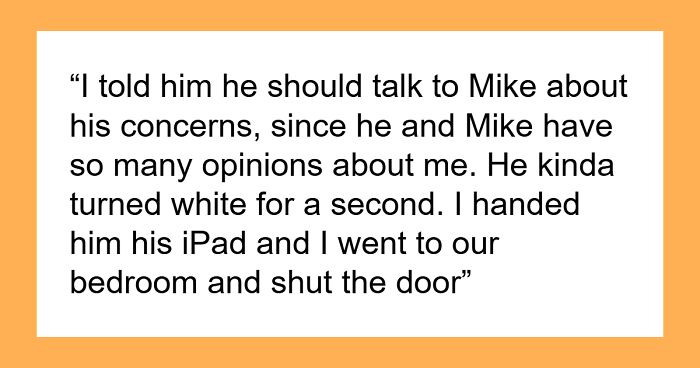
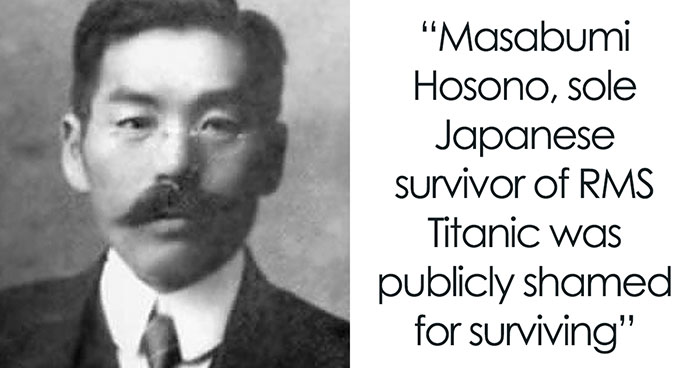






























69
57